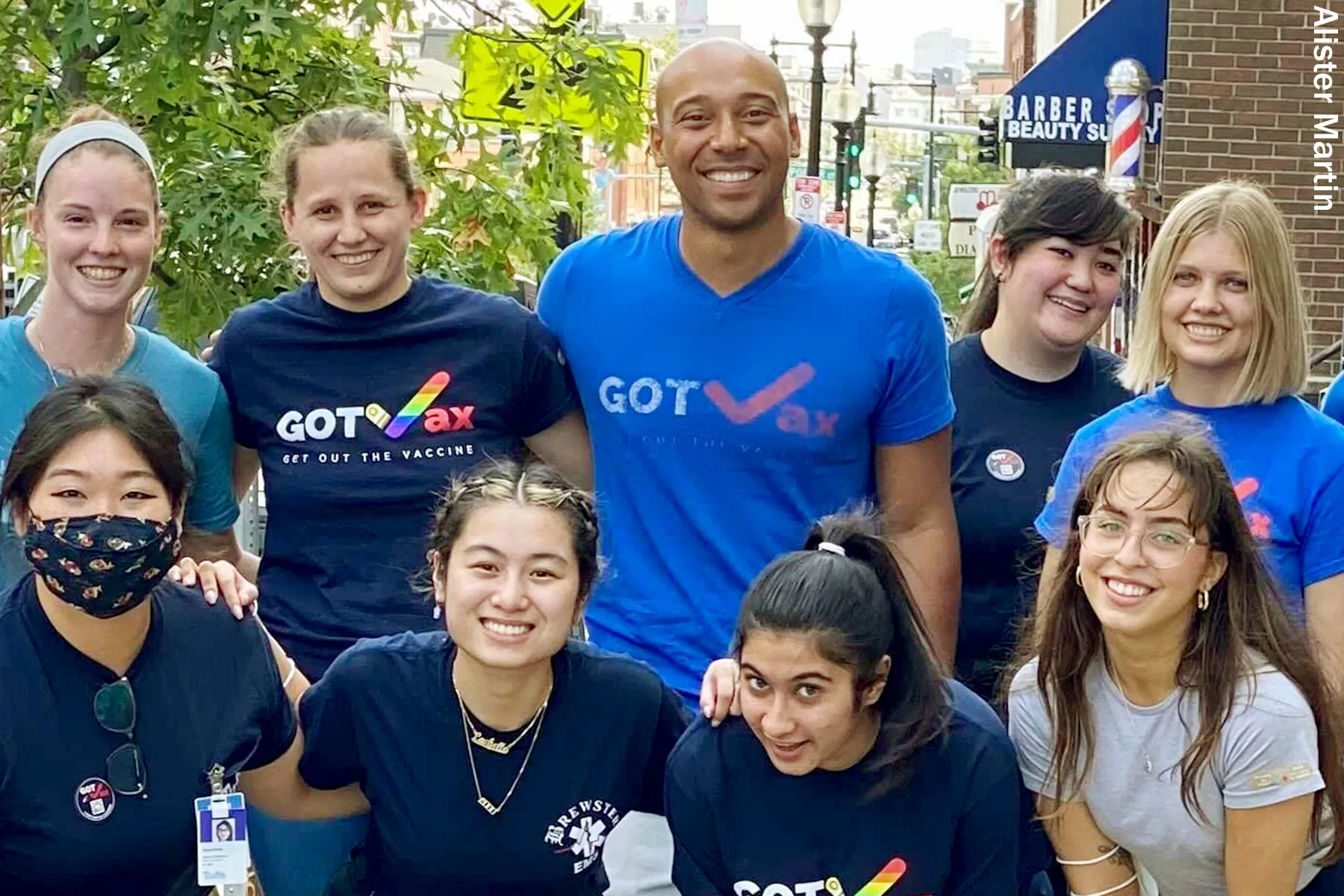Disabled Individuals More Vulnerable to Crime: BJS
The rate of violent victimization against persons with disabilities was almost four times the rate of violence suffered by persons without disabilities, according to the Bureau of Justice Statistics.

The rate of violent victimization against persons with disabilities was almost four times the rate of violence suffered by persons without disabilities, according to the Bureau of Justice Statistics.
Americans with physical or mental disabilities were the victims of 26 percent of all nonfatal violent crime, although they comprise just 12 percent of the population.
The report compares the violent victimization of persons with and without disabilities from 2009 through 2019 across the country, further categorizing demographics by household, sex, race, age, and disability type.
For this report, the BJS classified “disabilities according to six limitations: hearing, vision, cognitive, ambulatory, self-care, and independent living,” according to the operational definitions.
This information was based on data from BJS’s annual household survey, the National Crime Victimization Survey, which collects statistics on U.S. residents aged 12 or older through asking about the nature of crimes committed against individuals with disabilities.
This allows researchers to compare crime rates by disability status, to then be compared against violent victimization against the total population.
According to the U.S. Census data for the 2017-2019 period, persons with disabilities in America were 47 percent male and 53 percent female. Seventy percent of persons with disabilities were white, 13 percent were black, and 12 percent were Hispanic. Forty-eight percent of the population with a disability was age 65 or older, compared to 14 percent of the population without a disability.
Violent Crime Breakdown
One of the key findings the researchers uncovered is that the rate of violent victimization was highest for persons with cognitive disabilities (83.3 per 1,000 incidents).
Persons with hearing disabilities had the lowest victimization rate of violent crime (23.6 per 1,000).
The rate of violent victimization against persons with disabilities was nearly four times the average compared to persons without disabilities, at 46 incidents per 1,000 people compared to 12.3 incidents per 1,000 people.
The rate of assault against persons with disabilities was also more than three times the rate compared to the rate for persons without disabilities.
“Thirty-three percent of robbery victimizations involved a victim with a disability,” the researchers found, “which was higher than the percentages of aggravated assault (27 percent), rape/sexual assault (27 percent), and simple assault (25 percent) victimizations against those with disabilities.”
When looking at demographics, the BJS researchers found that for whites, Blacks, Hispanics, and persons of other races, the rate of violent victimization for persons with disabilities was at least triple that of persons without disabilities for each group respectively — with HIspanic individuals with disabilities being the most commonly victimized.
In terms of gender, men with disabilities were victimized at nearly three times the rate of men without, and women with disabilities were victimized nearly four times the rate as women without.
Who are the perpetrators?
The BJS researchers found that strangers committed a lower percentage of violent crimes against persons with disabilities (32 percent) than against persons without (41 percent). However, they found that other relatives — like parents and children — accounted for double the amount of cases of victim-offender relationship.
Similar percentages of perpetrators for disability and non-disabled victims were found for crimes committed by an intimate partner, and crimes committed by a non-relative familiar to the victim.
Police Reporting
Data show that individuals with disabilities are not only less likely to report their victimization to the police — but when they do report, they’re more likely to report the crime themselves compared to individuals without disabilities.
When looking at violent crime report rates, the researchers found persons with disabilities (38 percent) were less likely to be reported to police than violence against persons without disabilities (45 percent). Nineteen percent of rapes or sexual assaults against persons with disabilities were reported to police, which was lower than the percentage for victims without disabilities (36 percent).
Other crime reporting statistics include disability individuals reporting robberies 45 percent of the time compared to 57 percent, and simple assault reporting 33 percent of the time compared to 41 percent.
The majority of violent crime against persons with (68 percent) and without (62 percent) disabilities that was reported to the police was reported by the victim.
The Bureau of Justice Statistics of the U.S. Department of Justice is the principal federal agency responsible for collecting, analyzing, and disseminating reliable statistics on crime and criminal justice in the United States. This latest report was written by BJS Statistician Erika Harrell, Ph.D.
The full report can be accessed here.

 Landwebs
Landwebs 















/cdn.vox-cdn.com/uploads/chorus_asset/file/24430706/elon_musk_twitter_for_you.png)







